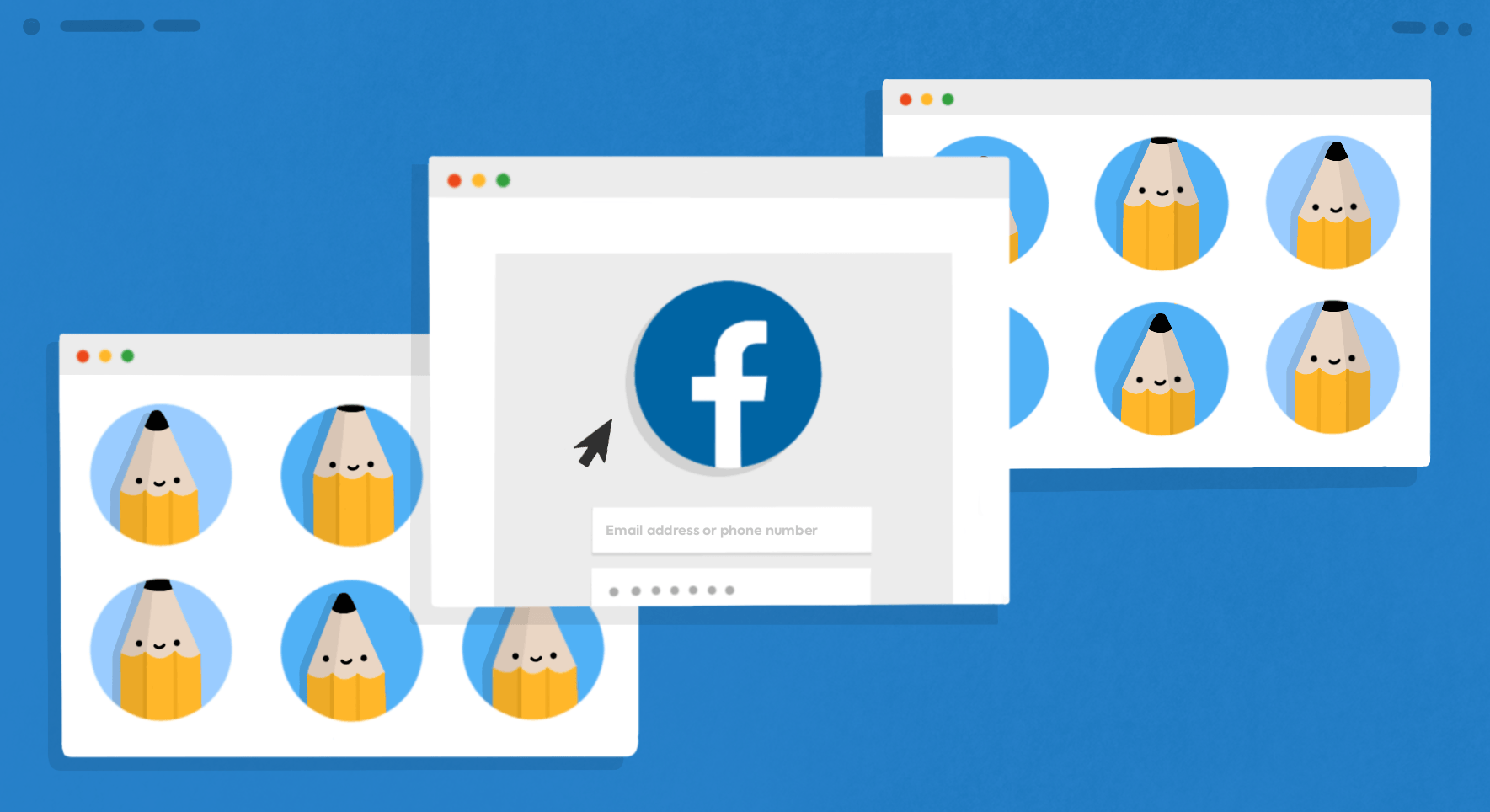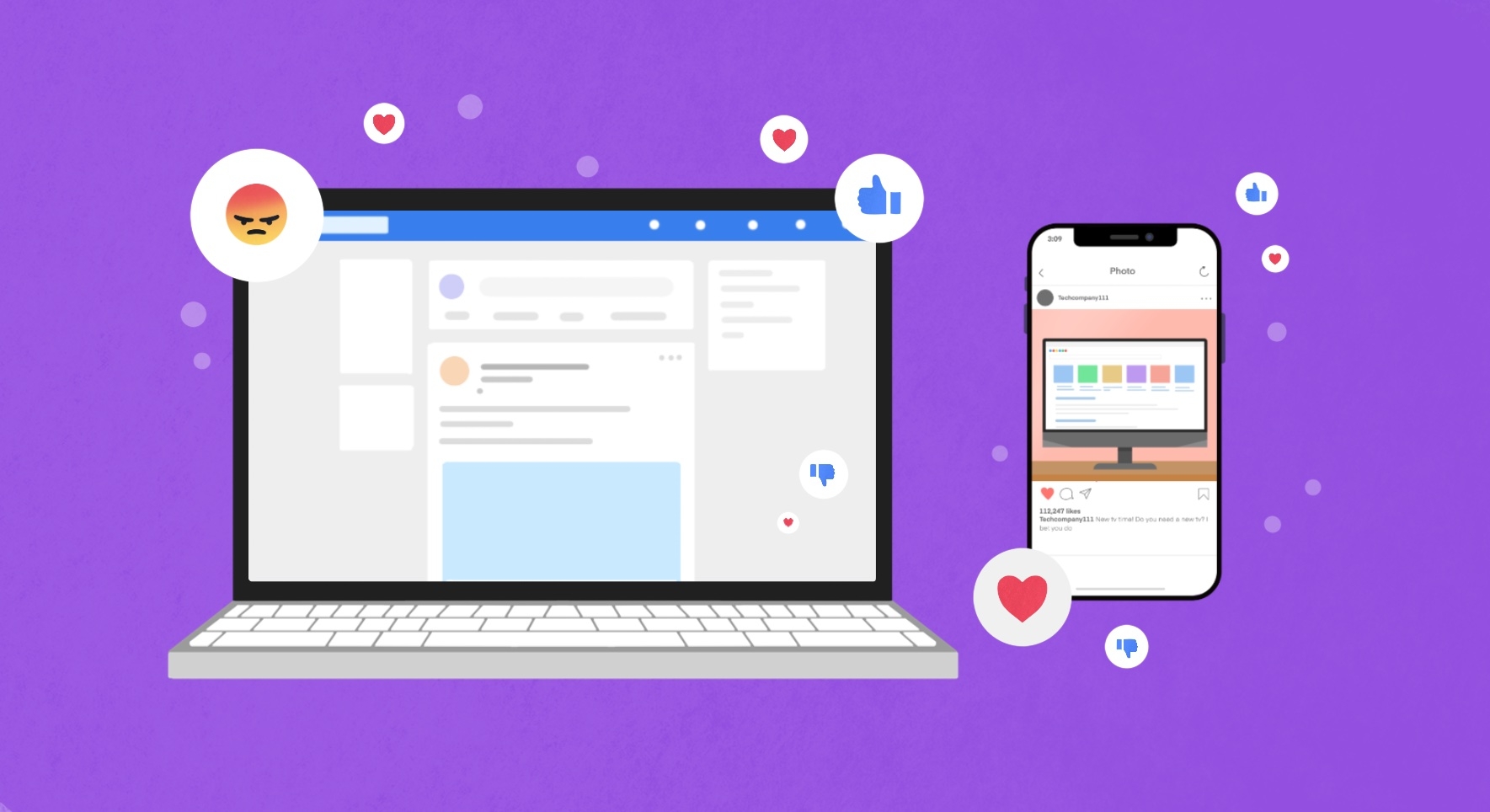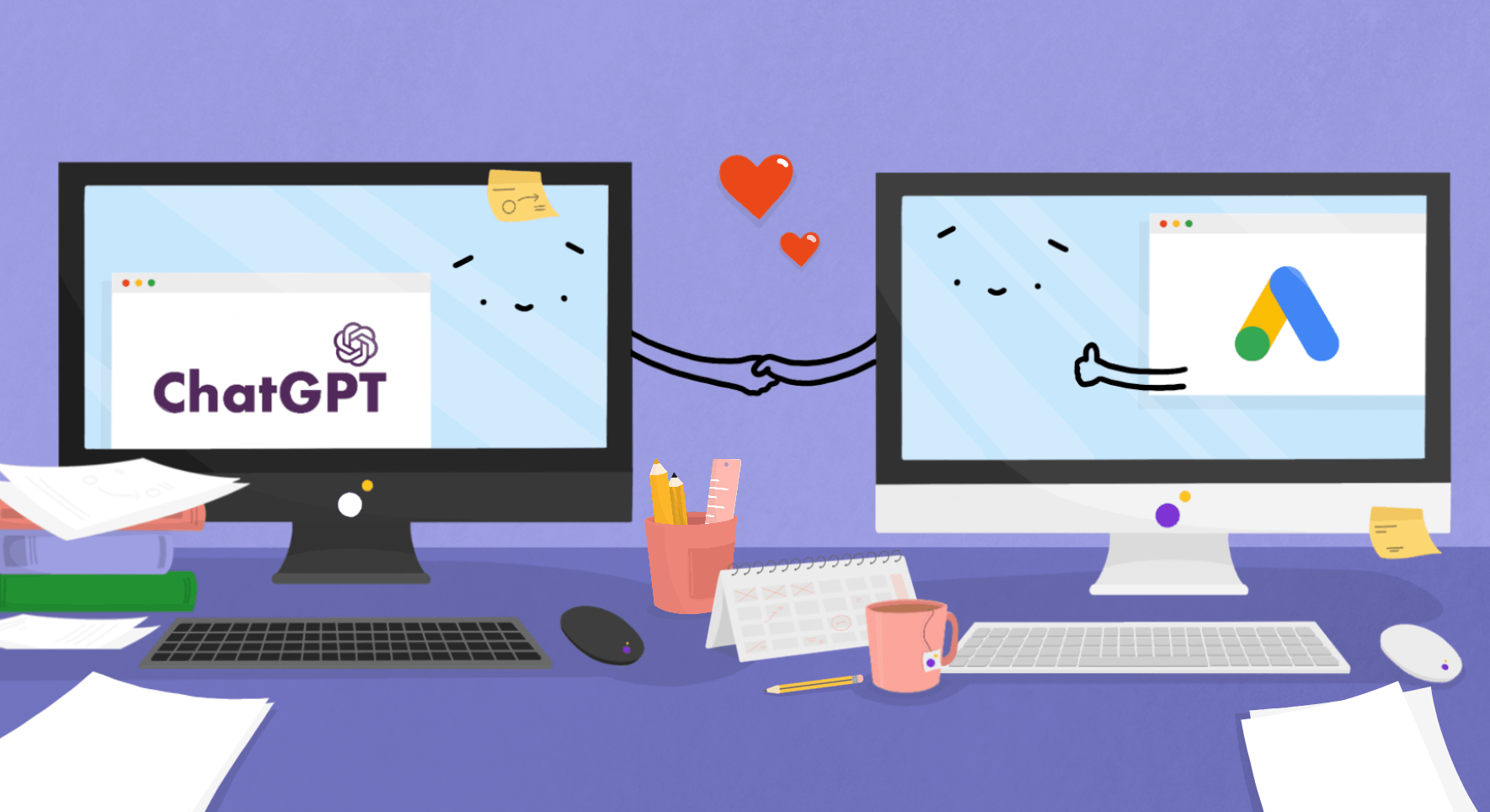Creating Facebook Lookalike Audiences is one of the best ways to plug an often-overlooked gap in your target audience: the space between those who haven’t heard of your brand, and those you’re already retargeting.
The average Facebook Ads conversion rate across all industries is 9.21%. So setting up a Lookalike Audience can be a reliable and efficient way to target and attract new customers. According to Heath Media founder Ben Heath:
Many Facebook advertisers, us included, are reliant on Lookalike Audiences as their highest performing cold audiences. It’s where you’re able to scale your campaigns, [and where] you get your best cold audience results from: they’re absolutely fantastic. We use them for almost every single client.
In this article, we’ll explain what Facebook Lookalike Audiences are, why they’re an essential part of your Facebook advertising strategy, and how to set up Lookalike Audiences effectively to get more from your ad spend.
Understanding Lookalike Audiences
Facebook knows a lot about its users, from their age to where they live to their interests. Unlike Google, which has historically captured user information using third party cookies, Facebook collects this information as first-party data. So it can continue to serve super relevant ads to its users, even as third party cookies are phased out.
Facebook uses this information to create Lookalike Audiences for advertisers. Lookalike Audiences are made up of people who share the same characteristics as your existing customers. Facebook searches its user database to find people who have similar interests, demographics, and behaviours as the source audience you select, and serves your ads to them.
You can select some of these characteristics with traditional targeting. All Facebook campaigns allow you to target people based on their:
- Location
- Age
- Gender
- Other demographics, interests and behaviours
With traditional targeting, most advertisers enter characteristics associated with their ideal customer. But Lookalike Audiences often perform better because you can base them on your actual customers. Your ads are served to people who resemble those who have spent money with you, rather than those you want to spend money with you.
That’s why we’ll focus mainly on creating a Lookalike Audience based on custom audiences that include your actual customers.
You need a healthy dataset to get the best from your Lookalike Audiences (Facebook recommends a source audience of 1,000 to 5,000 users). But 5,000 is a lot better than 1,000. And 10,000 is better again.
Note: If you’ve got less than 5,000 existing customers, you’re probably better off using traditional targeting rather than lookalike audiences.
Ready to set up your first Facebook Lookalike Audience? Let’s start with creating your source audience.
Advertise to Humans, Not Bots
Save up to 20% of your advertising budget by automatically eliminating fake ad clicks across all paid channels.
Creating a Source Audience
Your source audience tells Facebook which characteristics your Lookalike Audience should have, so it’s arguably the most important part of your campaign. Here’s how to set up a successful source audience in your Facebook Ad account.
1. Identify Your Source Audience Characteristics
First, identify the key characteristics of the people you want to target. These will typically be the same as your customers’, but you may also want to incorporate some from your buyer personas.
Think about:
- Demographics — Including age, gender, location, religion, income, profession, and family status.
- Interests — Including hobbies, politics, preferred websites, and reading habits.
- Behaviours — Including online engagement with your brand, where they spend their time, and where they get their information.
2. Consider Where to Get Your Data
Most businesses with an established online presence can use their customer lists, website visitors, and social media platforms to create an effective source list. But there are pros and cons to each:
Customer Lists
| Pros | Cons |
| Includes people who have spent money with you before | Limited information about interests |
| No invalid users | Limited information about demographics |
| First-party data | |
| Can include customer lifetime value* |
*Including customer value allows Facebook to create a value based Lookalike Audience, maximising your return on investment.
Website Visitors
| Pros | Cons |
| Measure brand engagement level | Not necessarily customers |
| Includes behavioural information | Invalid users may be included in this data |
| May already be retargeted | |
| May rely on third party data |
Social Media
| Pros | Cons |
| Measure brand engagement level | Not necessarily customers |
| First party data | Invalid users can be included in this data |
| Includes information about age and interests |
The best way to create a source audience is to collect and combine data from all three sources based on the important characteristics you’ve identified. The more valid information you can include, the more accurate your Facebook Lookalike Audiences will be.
3. Refine Your Source Audience
When you’ve collected your source audience data, refine it to maximise the value, relevance, and accuracy of your target audience. Use custom filters to exclude irrelevant, disengaged, or invalid users.
This can be time-consuming. But making sure you have valuable, accurate data gives you the best chance of accessing quality Lookalike Audiences that are more likely to engage with your ads and make a purchase.
When your source list is ready to go, sign into your Facebook Ads account, click Create Audience, and select Custom Audience. Here, you can upload your customer list:
As you can see, there are several other ways to create a source audience. In this article, we’re focusing on customer lists, as this allows you to combine data from the multiple sources outlined above, and know exactly who’s included in your source audience.
Generating Your Lookalike Audience
With your source audience set up, you can now generate your Facebook Lookalike Audience.
- Select your custom audience from the audience list.
- Click the three dots menu icon, then select Create Lookalike.
- You’ll see the Create a Lookalike Audience pop-up. The source should be pre-filled with your selected audience, but if it’s not (or you want to change it) you can do so here:
4. Add a location.
5. Select your audience size.
Here’s how the audience size function works:
You’re selecting a percentage of the total Facebook and Instagram users within this location that you would like to include. So a 1% Lookalike Audience will include the 1% of Facebook and Instagram users within your location that are most similar to your source audience.
The smaller your audience size percentage, the fewer people your ads will reach — but the more relevant they’ll be to your brand. The size you choose depends on your marketing objectives:
- Improving reach and brand awareness — A larger percentage means you’ll reach more people, so you can spread the word even among those who aren’t as similar to your customers.
- Increasing conversions, minimising ad spend, and maximising revenue — A smaller percentage means you’ll only reach those who are most similar to your paying customers. Your ads are served less frequently, but those who see them are highly relevant and potentially valuable.
To maximise the return on your investment, it’s a good idea to keep your audiences within the 1-2% range, at least at first. You’ll be able to expand your Lookalike Audience later.
6. Create your Lookalike Audience and wait for it to populate.
You can create multiple Lookalike Audiences to build highly targeted ads even within your customer base. You can create up to 500 custom audiences per Facebook Ads account, and up to 500 Lookalike Audiences per source audience.
Launching & Optimising Your Lookalike Audience Campaign
Your Lookalike Audience now needs to be assigned to an ad set. Head to Facebook Ads Manager, create a campaign, and add a new ad set. This is where you’ll input all your standard campaign settings, including budget, scheduling, and audiences.
Under Custom Audiences, select the Lookalike Audience you just created. Only select one Lookalike Audience per ad set, and don’t change the other targeting settings unless you have good reason to, as this can limit who sees your ads.
Make sure your ads resonate with your potential customers. These ad creation tips will help capture your audience’s attention in a crowded newsfeed:
- Write ad copy that sells — Highlight the benefits of your product. Keep your copy concise, relevant, and engaging to maximise clicks on your ads.
- Use quality images and videos — Catch your audience’s attention with bright, clear imagery that shows your product or service in its best light.
- Include a clear call-to-action — Demand clicks with a compelling CTA. Make it clear which action you want people to take.
- A/B test your campaigns — Experiment with different ad formats, messaging, and scheduling to optimise your ad targeting.
- Choose the right bid strategy — Select a bid strategy based on your campaign goals, budget, and competitor bids.
Analysing & Improving Your Lookalike Audience Campaign
When your Lookalike campaign has been running in your Facebook Ads account for a while (at least 14 days), measure your results. You need to give the algorithms time to learn and improve for optimal results, so don’t compulsively check and second-guess performance during this initial time window.
Facebook Ads Manager contains tons of metrics and advertising KPIs you can use to analyse campaign performance, including click-through rate, conversion rate, and return on ad spend.
Aim to get the best possible conversion rate for your ad spend. A/B testing is the best way to do this. Now you have a benchmark, you can test some of the following to make sure you’re getting the most from your ad spend:
- Budget allocation — Reallocate your budgets to campaigns with the most valuable audiences.
- Audience size — Duplicate your Lookalike Audience and make the percentage larger or smaller to see how this impacts your results.
- Ad creative — Test your messaging to see if it impacts conversion rates and/or ROAS.
Automated software and PPC management tools like Optmyzr and Acquisio can help you streamline your paid social campaign management with less manual oversight.
Advanced Targeting Tips for Lookalike Audiences
Facebook ad campaign optimisation is a continuous process. Test and refine your campaigns and audiences all the time to make sure they’re as effective as possible. These advanced strategies will help you get even more from your Facebook Ads.
1. Avoid Audience Overlap
If two or more of your ads enter the same auction, Facebook automatically enters your best-performing ad and disregards the others. While this prevents one ad from driving up the cost-per-click of the other, your best-performing ad may not be optimised for that specific user, leading to a lower chance of conversion.
That’s why it’s important to avoid audience overlap. Facebook’s Audience Overlap tool shows where your audiences are clashing:
Watch this video to see how to use the Audience Overlap tool effectively:
2. Use a Nested Lookalike Audience Strategy
A nested Lookalike Audience strategy allows you to find your audience size sweet spot. In this strategy, you create several Lookalike Audiences, one for each group of similarity percentages:
This allows you to experiment with audiences that are increasingly dissimilar to your original custom audience to get the most value. Ultimately you can pause campaigns that don’t offer enough ROI, and adjust your budgets in favour of your best-performing campaigns.
Nested Lookalike Audiences can also be used to target Facebook users at different lifecycle stages. For example, import a custom audience including your awareness-stage prospects, then create Lookalike Audiences based on these.
3. Remove Fake Users From Campaigns
Fake users and bots can quickly drain your Facebook ad spend. They have no chance of converting but will still cost you a click, skewing your results as well as wasting your ad spend.
Invalid traffic can also create a negative feedback loop in your campaigns. Facebook’s algorithms count any click as a valuable conversion, even if it’s generated by a bot. This can set your entire campaign back, so you need a solution like Lunio that stops invalid traffic clicking your ads.
Advertise to Humans, Not Bots
Save up to 20% of your advertising budget by automatically eliminating fake ad clicks across all paid channels.
iOS Privacy Changes and Lookalike Audiences
Apple has rolled out significant privacy updates for all iOS 14 users. Essentially, any Apple Store app that wants to track user activity must now ask users to opt in, including Facebook.
Fewer tracked users means smaller audiences. More users opting out of tracking could put Facebook retargeting and Lookalike Audience campaigns at risk. The impact hasn’t been as dramatic as first thought, but certain settings can limit your campaign effectiveness.
Using first party data (including info from your CRM, social media feeds, and Facebook itself) to create your source audience means you may not see much reduction in your source audience size, as you’re not reliant on third party tracking to collect user data. You’re more likely to see a reduction in audience size if you use website or app activity data as your source.
Your Lookalike Audiences, meanwhile, will probably be affected, at least a little. But there are things you can do to mitigate the impact of these changes:
- Increase the size of your source audience — A larger source audience means Facebook can find more matches. Your source audience will grow over time, so give your campaign(s) a few months to generate and match more customers.
- Use first party data — Don’t rely on third party data to create your source audience. Instead, collate the data you have about your customers and use this to create custom lists.
- Test your similarity percentage — Experiment with different audience similarity percentages to see which gives you the biggest ROI.
Ready to Create Your Lookalike Audience?
Lookalike Audiences are an essential part of your Facebook advertising strategy. With the right setup, they can significantly increase your ad’s reach and effectiveness. Using first party customer data to create a source audience gives you the best chance to match with other potential buyers, maximising your return on ad spend.













